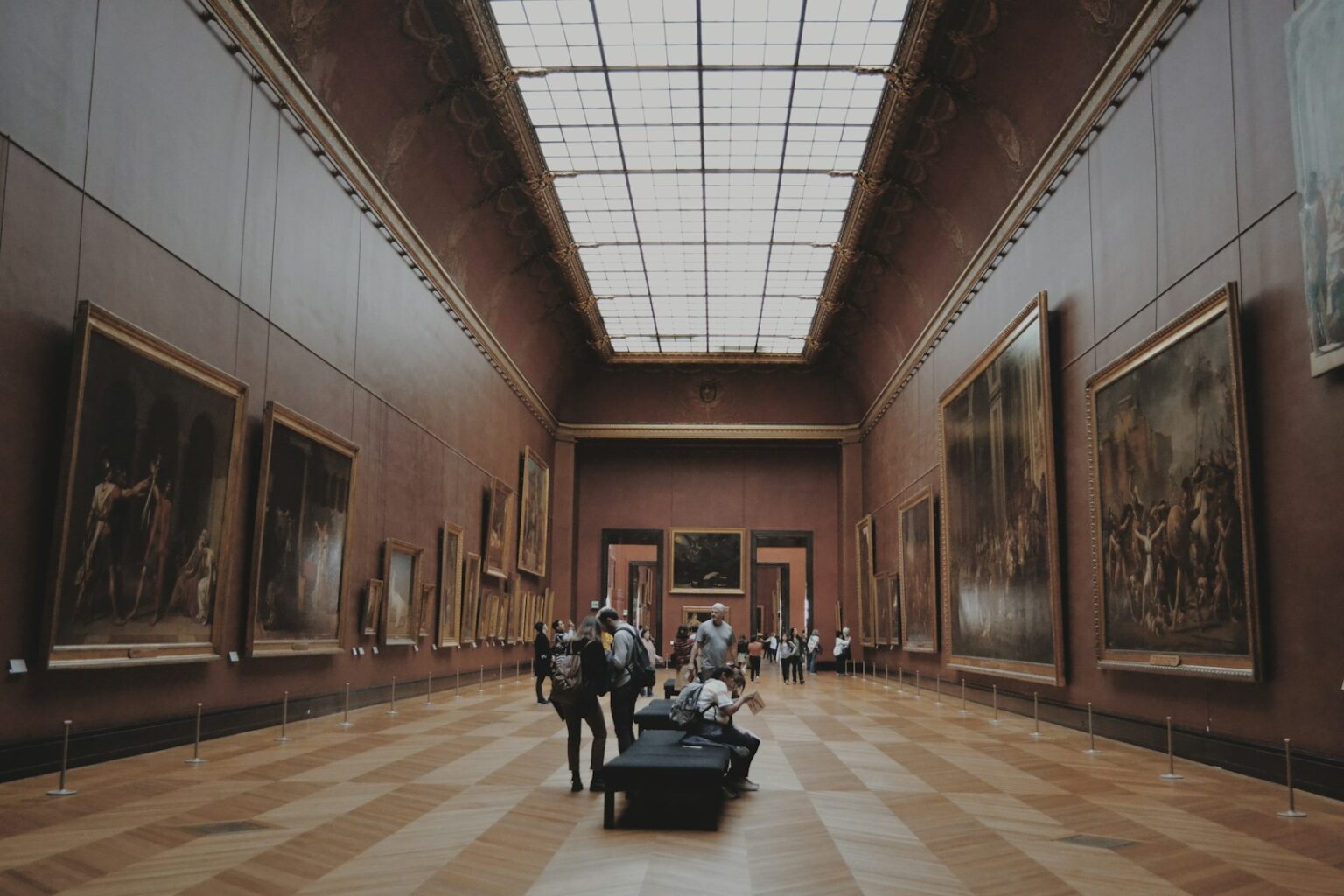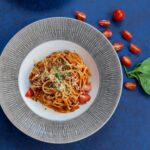Pablo Picasso stands with a cigarette in his hand. He gazes at the viewer. A white pocket square pokes out of his suit jacket.
Strands of his hair reach the top of the canvas. This is a 2011 oil portrait by Chinese artist Zeng Fanzhi. It is the first piece in a new exhibition at the M+ Museum in Hong Kong.
The show runs through July 13. It combines 72 Picasso works with about 140 works by 31 Asian and Asian-diasporic artists. Most of the Picasso pieces are loans from the Picasso Museum in Paris.
The other works are mostly from the M+ Museum’s own collection. The aim is to set up a dialogue between Picasso and four generations of Asian artists. The oldest was born in the 1860s and the youngest in the 1990s.
Zeng, born in 1964, explained why Picasso was important to him. “His work impressed me with its vitality — the fearless innovation, as well as the ventures into the unknown,” Zeng said. He started studying Picasso as a student and was long inspired by Picasso’s Rose Period.
But Zeng said he kept making new discoveries about the artist. For instance, Zeng saw Picasso’s sketches and preparatory drawings recently at the Museum of Modern Art in New York. The sculptures of Picasso’s three-dimensional works also left a lasting impression on him.
“Picasso’s career was no static journey,” Zeng said. “I was struck by this pioneering spirit.”
Five decades after his death and nearly 150 years since his birth, Picasso continues to dominate the art world. Now, the M+ Museum is continuing that conversation with this unique exhibit.
It aims to illuminate Picasso’s influence and create a cross-cultural dialogue. Visitors can see the artist in a new light through the lens of Asian contemporary art.
Picasso’s impact on Asian artists
Picasso’s reputation in Asia predates his rise in the Asian art market. He was known in East Asia as early as the 1910s, according to Doryun Chong, artistic director of M+. Chong co-curated the museum’s current blockbuster Picasso show.
Research revealed that China welcomed Picasso’s art soon after it was introduced to Japan in 1913. By 1918, Picasso was part of the curriculum in Chinese art education. His works were first exhibited in China the following year.
Joining the French Communist Party in 1944 earned Picasso favor when the communists took power in China. However, during the Cultural Revolution, Picasso and other Western artists were denounced. Picasso had notable encounters with leading Chinese cultural figures.
Education reformer Cai Yuanpei met him in his studio in the early 1900s. In 1956, Picasso was gifted prints by Chinese artist Qi Baishi. He also hosted artist Zhang Daqian at his home in Cannes.
Hong Kong remained a conduit for Picasso’s influence, hosting an exhibition of his prints in 1974. Picasso shows were held in Hong Kong and mainland China in the 1980s, but museum exhibitions were scarce. This changed in the 2000s as China’s art market boomed.
Collectors from Asia began showing interest in Impressionist and modern art auctions in the early 2000s. Christie’s sold the first Picasso painting at auction in mainland China in 2013. Chinese auction house Poly sold a 1962 Picasso for $8.47 million in Shanghai.
The M+ exhibition is crucial for broadening appreciation of Picasso’s iconic work. The Hong Kong Jockey Club is supporting the show as part of the French May Arts Festival. It features over 60 Picasso masterpieces on loan from Paris alongside about 130 works by Asian artists from the M+ collection.
The exhibition marks the first time treasured Picasso works from Paris have been showcased with an Asian museum collection. It is among activities celebrating the Hong Kong Jockey Club’s 140th anniversary. The exhibition aims to promote cultural exchange and the development of Hong Kong as an East-meets-West arts hub.
Photo by; Amy-Leigh Barnard on Unsplash













